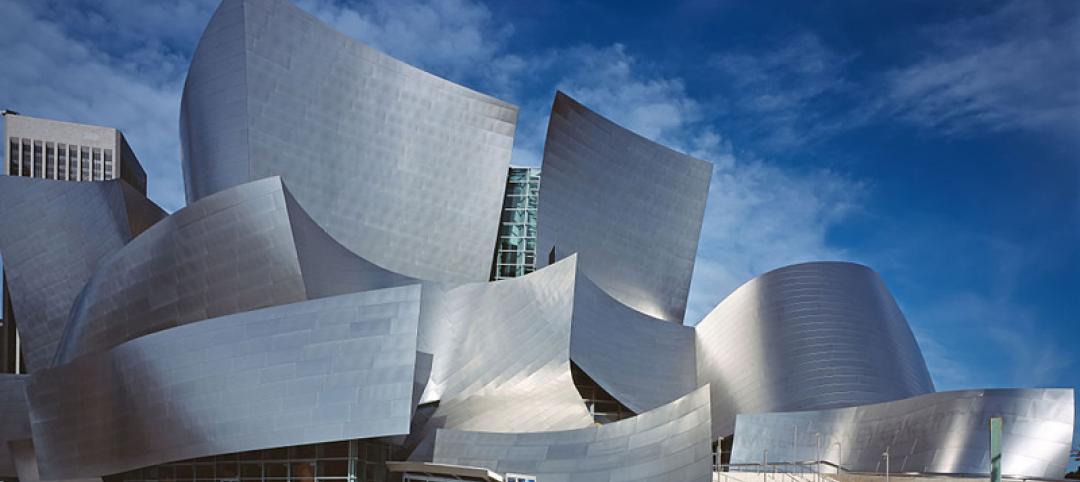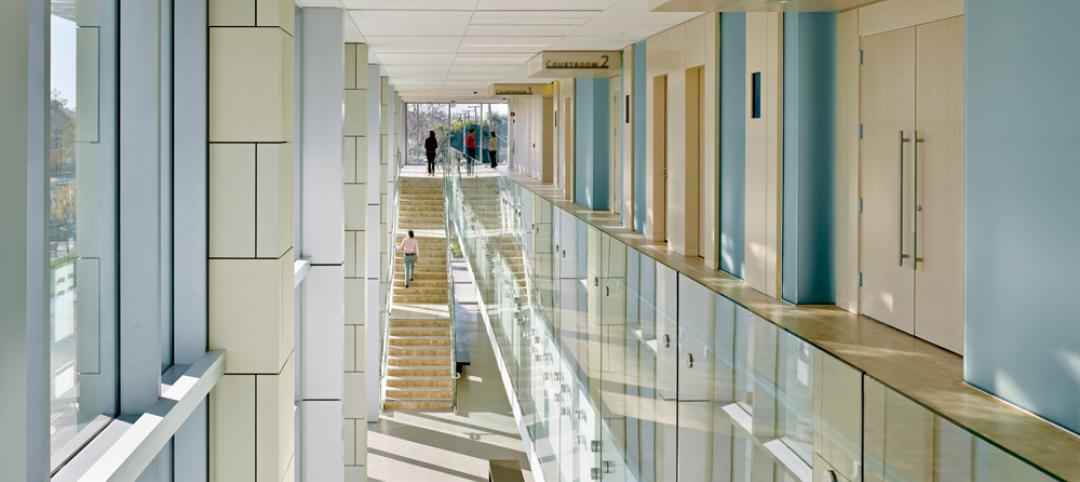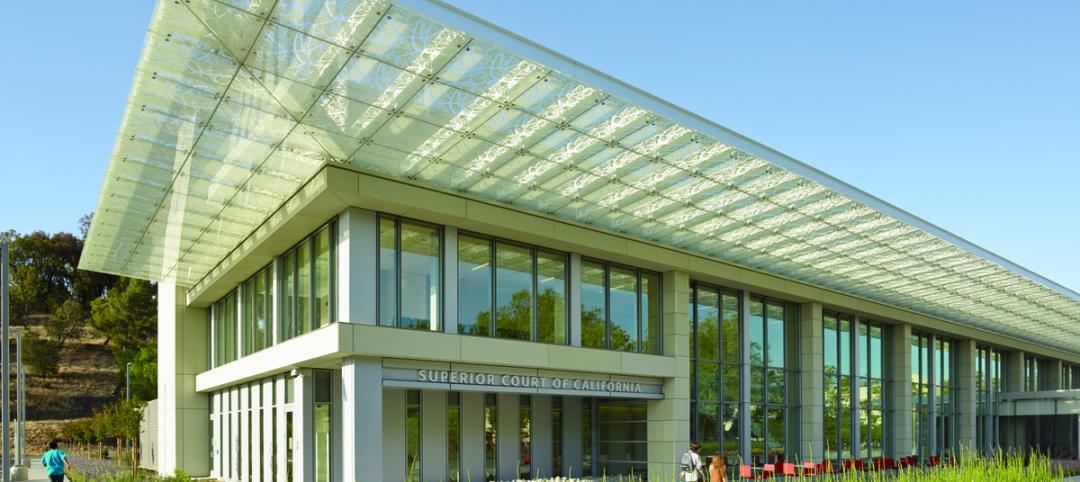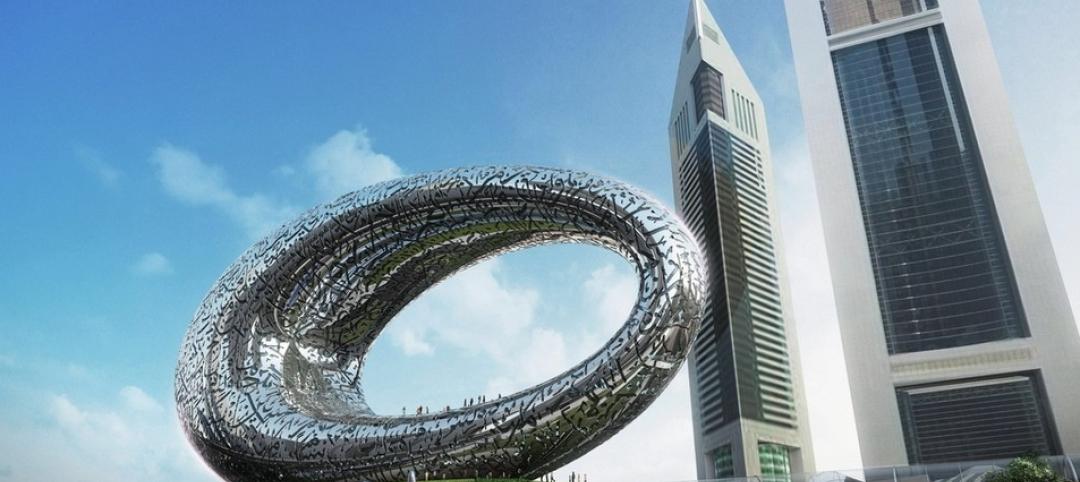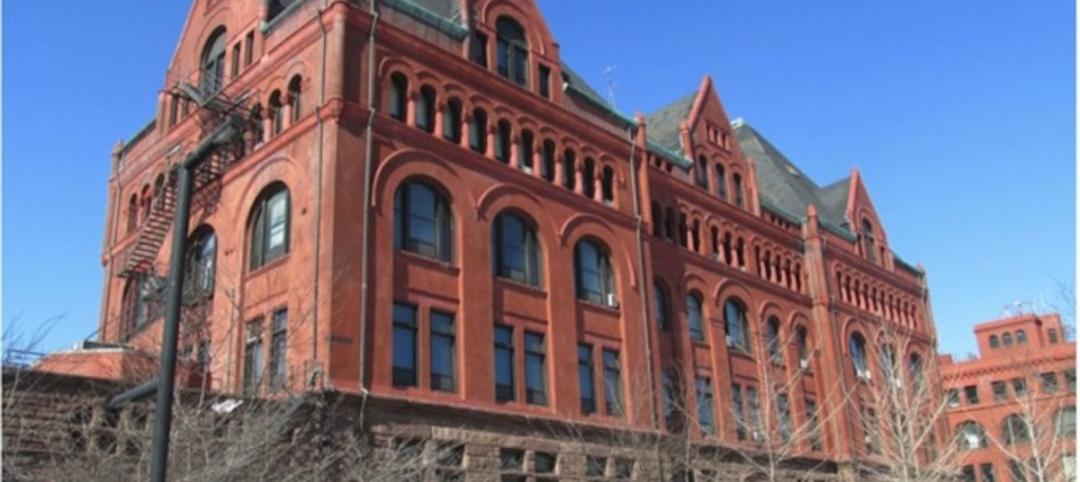There’s money to be made in reconstruction. Based on our annual Giants 300 survey, we estimate that the top 300 AEC firms generate about 20-30% of annual revenues from reconstruction, and for design firms that specialize in historic preservation and adaptive reuse, that percentage can quickly go north of 50% of total revenues. If your firm is doing less than the industry average, you may be missing a great opportunity.
A reconstructed building is the ultimate green building. It is generally the case that “saving” an existing building is the most sustainable thing you can do, for obvious reasons. Whether it’s a renovation that simply extends an existing use, or one that takes an existing building and transforms it to another use, much of the embodied energy in that building is staying put.
Furthermore, reconstruction offers the opportunity to take an energy hog and make it much more efficient. Just doing the basics—sealing the envelope, insulating, upgrading lighting and lighting controls, etc.—should yield a 20% improvement in energy efficiency. Stretch a little and 30% energy savings should not be unreasonable. That’s good for the building, the occupants, and the owner—and it’s the right thing to do.
Reconstruction can turn ordinary buildings into great buildings. Look at how the Building Team for the Mid-Ohio Foodbank took an old mattress factory and turned it into a LEED Gold facility that helps provide 55,000 meals a day to the hungry and involves 10,000 volunteers a year. Owen Hall at Michigan State University and the new Cell and Genome Sciences Building at UConn are additional examples of how the ordinary can be transformed into the extraordinary.
Reconstruction challenges your imagination. The Building Team for Duke University could have taken the easy road and junked Duke’s old coal-burning power plant. Instead, they came up with a creative way to use new technology to convert the plant to 70% natural gas power generation, while enhancing the early 20th-century structure. Look how the Building Team converted Memorial Field House—essentially a big barn—into modern classroom and student space at the University of Toledo. These kinds of jobs take real imagination.
Reconstruction can bring communities together. People like to preserve and enhance the things that are important to them. The people of Cuyahoga County, Ohio, cared about the monument to their Civil War veterans, and they went out and raised $2 million to restore it to perfection. Ditto for the people of Northeast Central Durham, N.C., who fought to turn a broken-down school building into a thriving multi-purpose community center. Tap into that wellspring of community involvement. It will yield projects whose rewards go far beyond the bottom-line considerations.
Reconstruction work is fun. Building a fancy high-rise on a greenfield site in some exotic part of the world must surely have its pleasures, but digging into the bowels of an older building also has its mysteries—and surprises. Who knows what lurks behind that gypsum board? Matching your wits against the original designers and contractors is the ultimate chess match.
Related Stories
Office Buildings | Mar 7, 2015
Chance encounters in workplace design: The winning ticket to the innovation lottery?
The logic behind the push to cultivate chance encounters supposes that innovation is akin to a lottery. But do chance encounters reliably and consistently yield anything of substance?
Architects | Mar 6, 2015
Study suggests our brains prefer curvy architecture
A research team at the University of Toronto at Scarborough worked with several European designers to see what sort of spaces pleases our brains more. Their finding: People are far more likely to call a room beautiful when its design is round instead of linear.
Justice Facilities | Mar 5, 2015
New courthouse blossoms into a civic space for one California town
The building's canopy suggests classical courthouse features of front porch and portico. It also helps connect the building with a public plaza that has re-centered civic activity and public gathering for the town.
Justice Facilities | Mar 5, 2015
State of the state: How state governments are funding construction projects
State budget shortfalls are making new construction and renovation projects a tough sell, leading lawmakers to seek alternative funding for these jobs.
Museums | Mar 5, 2015
A giant, silver loop in Dubai will house the Museum of the Future
The Sheikh of Dubai hopes the $136 million museum will serve as an incubator for ideas and real designs—a global destination for inventors and entrepreneurs.
Sports and Recreational Facilities | Mar 5, 2015
New HOK designs for St. Louis NFL stadium unveiled
Missouri Governor Jay Nixon has assembled a task force to develop plans for an open-air NFL stadium on the North Riverfront of downtown St. Louis.
Codes and Standards | Mar 5, 2015
Charlotte, N.C., considers rule for gender-neutral public bathrooms
A few other cities, including Philadelphia, Austin, Texas, and Washington D.C., already have gender-neutral bathroom regulations.
Codes and Standards | Mar 5, 2015
FEMA cuts off funding to Indiana after Kokomo continues building stadium in flood zone
FEMA will withhold funding on $5.5 million worth of projects such as building tornado safe rooms in schools.
Reconstruction & Renovation | Mar 5, 2015
Chicago's 7 most endangered properties
Preservation Chicago released its annual list of historic buildings that are at risk of being demolished or falling into decay.
Office Buildings | Mar 5, 2015
Goettsch Partners unveils plans for dual office towers in Warsaw
The Mennica Legacy Tower development is divided into a 35-story tower located on the south east side of the site and a 10-story building on the west side.



